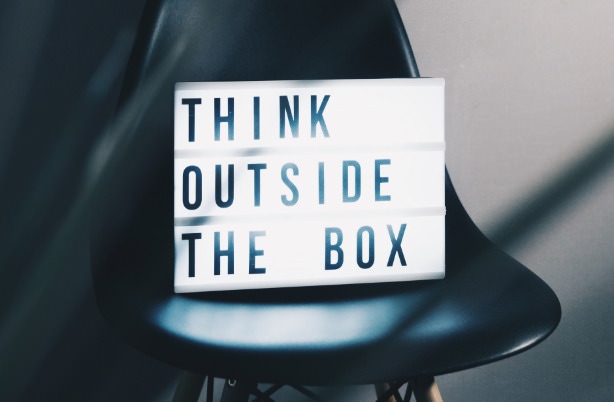4 ways mindswarms works with traditional qualitative research
Recruiting for ethnography.
Rather than show up at a respondent’s home with an Excel spreadsheet and fingers crossed the participant is good, mindswarms has been used to recruit in advance for ethnographies. Not only does it help identify cream-of-the-crop candidates, but it also informs the research process early on, and can be used to sharpen discussion guides.
Pre-in field.
What we have often done is a wave of mindswarms in advance doing any kind of field work (focus groups, IDIs, in-homes). A lot of clients are anxious to get projects moving quickly, and instead of waiting two weeks to begin traditional qual research, mindswarms can gather insight within days from a very broad geography to begin to inform the project.
Post in-field.
mindswarms has been used as a way to bounce ideas off consumers after the traditional qualitative field work has been completed. So, for example, on a project with product designers, sketches of ideas inspired on the road were bounced off mindswarms respondents after the initial wave of research had been completed to help validate a direction.
Extending reach of focus groups.
In most countries, the tendency is to conduct traditional qualitative research in major markets because that’s where the lion’s share of volume comes from. But mindswarms has been used a remarkably quick way to access consumers in every level of market to help balance out a more urban skew to the recruitment. So, for example, in the US, rather than hit the usual NY/LA/Chicago markets, sprinkling in a nationally representative wave of mindswarms helps provide a more representative picture of consumers nationally.




